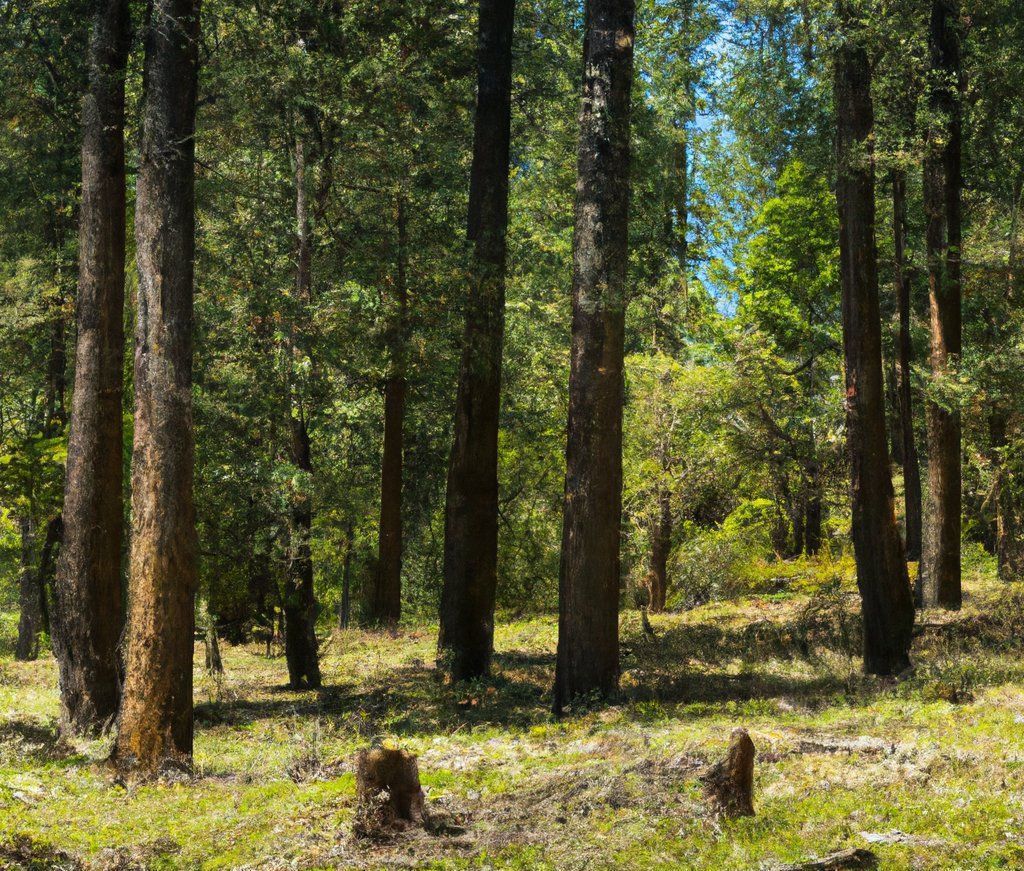What to Expect During Tree Removal: Different Techniques, Debris Removal, Stump Grinding Options
Tree removal is often seen as a last resort but is sometimes necessary for the safety, health, and aesthetics of our environment. Whether due to disease, storm damage, or safety hazards, understanding the process of tree removal is crucial for homeowners and property managers alike. This blog delves into the various aspects of tree removal, including different techniques, debris management, and stump grinding options, while highlighting the importance of professional assessment and legal considerations. Armed with the latest data and expert insights, we aim to guide you through what to expect during the tree removal process, ensuring you're well-prepared for when the time comes.
Assessing the Need for Tree Removal
Before the chainsaw roars to life and the tree comes tumbling down, it's important to assess whether removal is the best course of action. Factors necessitating tree removal often include disease, which can weaken the tree beyond recovery; storm damage that poses imminent danger to property and people; and safety hazards, such as the risk of falling on power lines or buildings. Recent statistics show that a significant percentage of tree removals are preemptive actions to prevent property damage and personal injury.
Recognizing these factors early can save both the tree, if it's salvageable, and potentially high costs down the line. Consulting with a certified arborist can provide a professional assessment, offering alternatives to removal like pruning or disease treatment, or confirming when removal is the only safe option.
Pre-Removal Considerations
Embarking on tree removal isn't as straightforward as it might seem; several pre-removal considerations need to be addressed. Firstly, local regulations may require a permit before a tree can be legally removed, especially for species that are protected due to their age, size, or rarity. Environmental considerations also play a significant role; for example, ensuring that wildlife habitats are not unduly disturbed.
A professional assessment doesn't just determine the need for removal but also the best approach based on the tree's size, location, and the surrounding environment. This step is crucial in planning a removal that minimizes risk to people, property, and other plants.
Tree Removal Techniques
When it comes to removing a tree, the chosen method depends on various factors, including the tree's size, location, and proximity to structures. Here's a breakdown of the primary techniques used in tree removal:
Manual Removal
For smaller to medium-sized trees, manual removal is often the go-to method. This traditional approach involves using hand tools like saws, axes, and ropes. Safety gear is paramount, as even smaller trees can pose risks during removal. The key advantages of manual removal are its simplicity and the minimal equipment required, making it a cost-effective option for straightforward jobs.
Mechanical Removal
Larger trees, or those in more complex settings, may require mechanical removal. This technique uses heavy machinery such as cranes, chainsaws, and wood chippers to safely bring down and dismantle the tree. Mechanical removal is efficient and reduces the time and labor involved but requires skilled operators and can be more costly due to the equipment and expertise needed.
Chemical Removal
Chemical removal involves applying specific chemicals to kill a tree before physically removing it. This method is less common and generally used as a last resort when other methods are impractical or unsafe. Due to the potential environmental impact and legal restrictions, it's crucial to consult with professionals before considering this option.
Debris Removal Options
After a tree has been removed, dealing with the remaining debris is the next step. There are several options for disposing of or repurposing this material:
Chipping
One of the most popular methods is to use a wood chipper to turn branches and limbs into mulch. This not only efficiently reduces the volume of debris but also provides a useful product that can be used in landscaping or garden beds.
Hauling Away
For larger pieces of wood or when chipping isn't feasible, hauling the debris away is an option. Many tree removal services offer this as part of their package, ensuring that the site is clear and clean afterward. This wood can often be recycled or used for firewood, depending on its condition.
Leaving the Wood
In some cases, homeowners may choose to keep the wood for personal use, especially if the tree is of a desirable species for firewood or woodworking projects. This option can reduce the cost of removal and provide valuable resources for the property owner.
Stump Removal and Grinding Options
Once the tree is down and the debris cleared, a noticeable reminder often remains: the stump. How to deal with this final vestige of the tree is an important consideration, with two main options available.
Stump Removal
Stump removal involves extracting the stump along with the tree's root system. This method completely clears the tree from the site, leaving a clean slate for replanting or other land use. However, it's a labor-intensive process that typically requires heavy machinery like a backhoe. Stump removal is ideal for those planning to use the land immediately after the tree is gone but can be more disruptive and costly due to the extent of soil disturbance and the equipment needed.
Stump Grinding
Stump grinding is a less invasive method that uses a specialized machine to grind the stump down into wood chips until it's below the surface level of the soil. While the roots remain in the ground, they naturally decay over time. Stump grinding is faster, less disruptive to the surrounding landscape, and generally more cost-effective than full stump removal. However, it may not be suitable for all situations, especially if the goal is to replant a tree in the exact same spot immediately.
Choosing a Tree Removal Service
The success of a tree removal project largely depends on the expertise of the professionals you hire. Selecting the right tree removal service is crucial and should be done with careful consideration:
- Certifications and Insurance: Ensure the service is certified by relevant authorities and fully insured. This protects you in case of accidents or damage to your property.
- Experience and Reputation: Look for services with extensive experience and positive customer reviews. Experienced professionals can handle complex removals safely and efficiently.
- Quotations and Services: Obtain multiple quotes to compare prices and understand what’s included in the service. Ensure there are no hidden fees and that the service covers all aspects of removal, including debris and stump management.
- Consultation and Assessment: A reputable tree removal service will offer a consultation and assessment to discuss the best approach for your specific situation. This is a good opportunity to ask questions and gauge their expertise and customer service.
Conclusion
Tree removal is a complex process that requires careful planning, the right techniques, and professional execution. From assessing the need for removal to choosing the appropriate method and dealing with the aftermath, each step is crucial for ensuring the safety and health of your property. Understanding the options for debris and stump management allows you to make informed decisions that align with your landscaping goals and budget.
When it comes time to remove a tree, selecting a reputable tree removal service is paramount. Their expertise not only ensures the job is done safely and efficiently but also helps mitigate any potential impact on your property and the surrounding environment. With the right knowledge and professionals by your side, tree removal can be a smooth process that paves the way for new growth and opportunities in your outdoor space.
If you're in need of professional tree removal services in Alta Sierra or the surrounding areas, including Grass Valley, Nevada City, and Penn Valley, look no further than Cyrus Tree Service. Renowned for their expertise and comprehensive service offerings, they specialize in everything from tree removal and trimming to stump grinding and land clearing. Their team of certified professionals is equipped to handle any tree-related challenge, ensuring your property is treated with the utmost care and professionalism. Choose Cyrus Tree Service for a hassle-free, efficient, and safe solution to all your tree care needs.
Ready to Enhance Your Landscape?
Experience the difference that over 21 years of dedicated tree care can make. Let Cyrus Tree Service transform your outdoor space into a verdant paradise, enhancing your property's beauty and contributing to Nevada County's rich ecological heritage. From tree trimming and removal to land clearing and storm damage restoration, we have the skills and expertise to meet all your arboricultural needs.
Don't wait! Give your trees the expert care they deserve. Get in touch with us today for a free estimate, and let's grow together, tall and strong. Contact us now and see why we're the preferred choice for tree care in Rough and Ready, Grass Valley, CA, and beyond.
Contact Us
We will get back to you as soon as possible.
Please try again later.

Contact Information
Address:
2036 Nevada City Hwy, Grass Valley, CA 95945, United States of America












